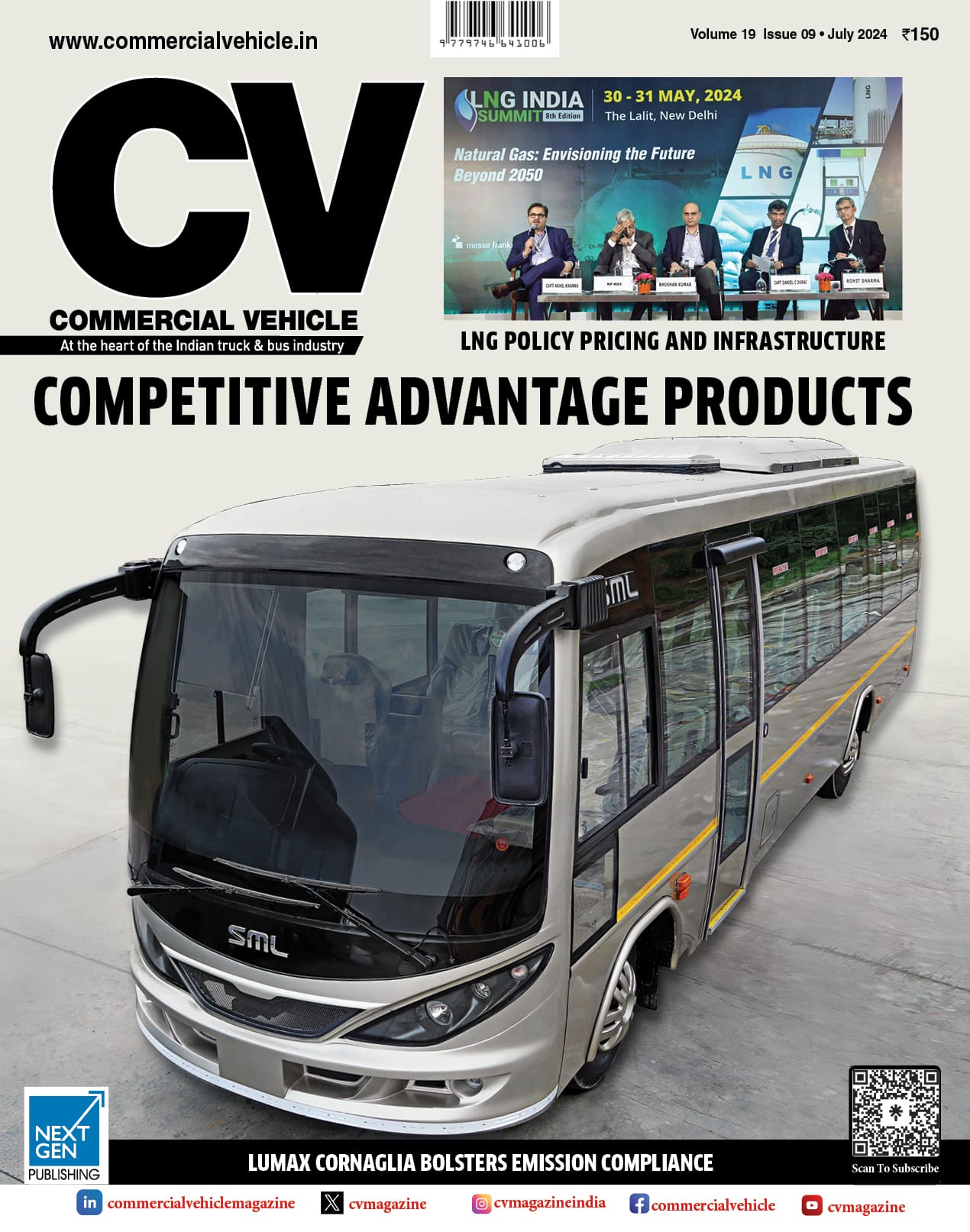The government of Delhi is to deploy mobile vans to determine the sources of pollution at 13 air pollution hotspots in Delhi. As part of a real-time source apportionment study underway in Delhi, the government is to assess the sources of air pollution in real time. Apart from the 13 hotspots, a supersite, which collects representative data for the city, is located at Rouse Avenue. The mobile vans will be stationed for a week.
Delhi’s Environment minister, Gopal Rai, said that an inventory will be made based on information collected by the vans. Further, these inventories will be used to help develop localised action plans to deal with air pollution.
Rai then added that a conference was held with representatives of government departments and agencies as well as NGOs and institutions for suggestions on the findings of the study and on how it can be improved.
Conclusions from the study included the idea of stationing the mobile van for a week at each hotspot. “With inventories on hotspots, we can work further. At the end of next month, we will have another conference. He said that short- and long-term action plans and local and joint action plans can then be developed,” he said.
The study involves the participation of IIT Kanpur, IIT Delhi, and The Energy and Resources Institute. Within this study, Professor Mukesh Sharma from IIT Kanpur expressed that the supersite has been operational for approximately six months. Recently, feedback was received regarding the necessity of determining areas where proactive measures must be taken. Professor Sharma emphasized the crucial link between information and action. He also stressed the importance of maintaining a dynamic inventory that continually improves every six months or one year, enabling a comprehensive assessment of the impact resulting from implemented measures.
In collaboration with the erstwhile Environment Pollution (Prevention and Control Authority), the Central Pollution Control Board (CPCB) and Delhi Pollution Control Committee identified a total of 13 hotspots in Delhi. These hotspots, including Narela, Bawana, Wazirpur, RK Puram, Vivek Vihar, Mundka, Jahangirpuri, Anand Vihar, Punjabi Bagh, Dwarka, Mayapuri, Okhla, Rohini, were identified based on their elevated levels of PM10 and PM2.5 in comparison to other areas equipped with air quality monitoring stations.
During the conference, an expert highlighted the identification of distinct sources of pollution during summer and winter, namely biomass burning, vehicular pollution, and the impact of secondary aerosols. However, the expert noted that although no specific plan or strategy to address these issues was presented, there was a call for suggestions and input from participants.




























